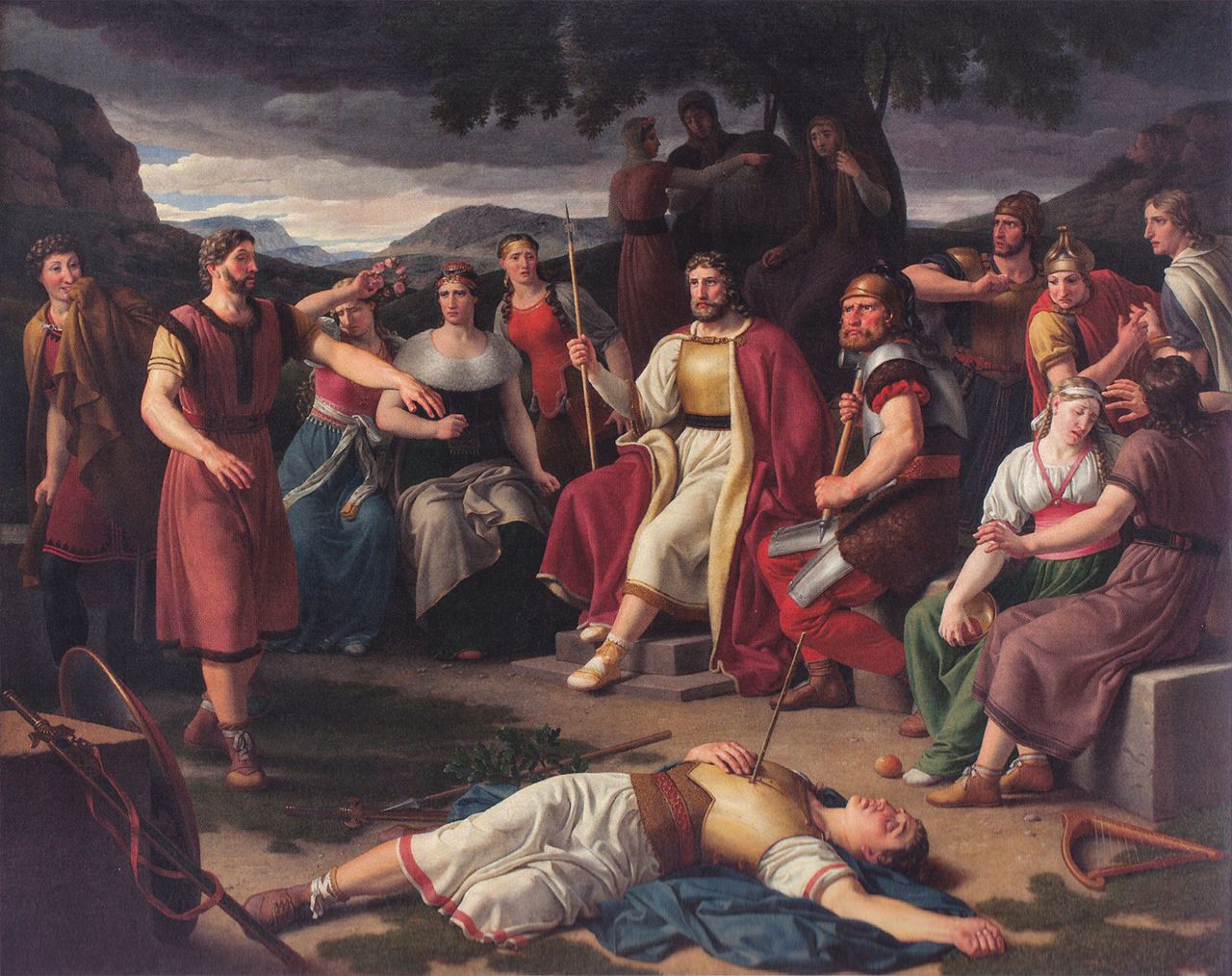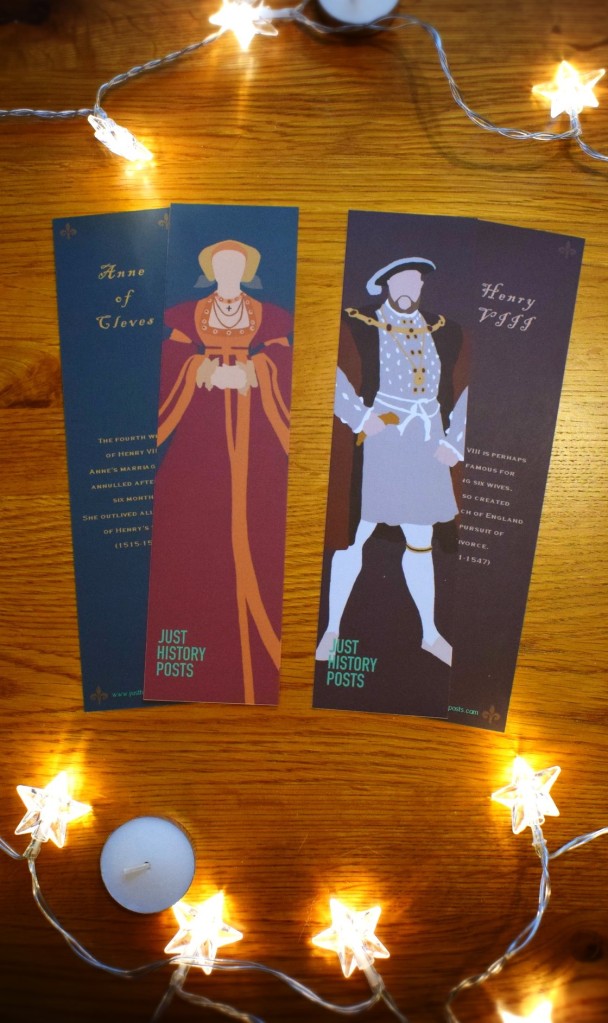It is a fairly common belief that the legend of elves was created by JRR Tolkien amongst other now popular mythical creatures that he created. However, Tolkien simply popularised the creatures, and legends of elves have existed for centuries as a distinct legend from fairies (although the two legends often get conflated). The English word ‘elf’ comes from the Old English ælf, with the Common Germanic term probably being ɑlβi-z. The origin of the word probably meant ‘white’ or ‘white person’, with whiteness being associated with beauty and luminosity.

Whilst Tolkien may not have invented elves, this scene from the Lord of the Rings movie series certainly evokes medieval imagery of beautiful human-like creatures, surrounded by white and light
Surprisingly, almost all surviving textual sources about elves were produced by Christians. This comes in sharp contrast to my last post about medieval mermaids where the Church tried to destroy old pagan stories about mermaids as it did not fit Christian world-view. As such, elves were usually incorporated into Christian ideology either neutrally or negatively. Some aligned elves with the devil – for example, in early modern Scottish witchcraft trials, people who confessed to encountering elves were deemed by prosecutors to have been encountering the devil. Others found a place for elves within Christian history that neither made them good nor bad; Beowulf says that elves were created amongst a host of other monstrous races as a result of Cain’s murder of Abel, whilst some Icelandic folktales said that elves were angels who sided neither with Lucifer nor God at the fall, and so rather than being sent to hell, God banished them to earth.

The Fall of the Rebel Angels; right hand panel of Hieronymus Bosch’s ‘The Haywain Triptych’, c. 1500
Elves appear to be largely a Germanic legend, although Japan has legendary Yōkai which have some similar qualities. The earliest significant evidence for the legend of elves originates in medieval texts from Anglo-Saxon England and high medieval Iceland, meaning they are a relatively recent legend when compared to other mythical creatures. Generally, elves are considered to look like humans, or closely human-like, and they are dangerous to encounter. They were often sexualised beings, which is probably owing to their beauty (again, as with mermaids, the link between beauty and sexual sin/temptation was a common Christian theme).
Their earliest appearances tended to come from medical texts which blamed elves for illness in livestock, or afflictions in humans – most commonly, they were blamed for sharp, internal pains or mental disorders. A tenth-century Old English text, the Wið færstice (surviving in a collection known as Lacnunga) translates as ‘against a sudden/violent stabbing pain’ and is a charm intended to cure the pain which had been caused by being shot by witches, elves, or other malicious spirits. A salve is suggested, but the charm is the important part. This is a good example how early medicine often combined science and magic (although contemporaries would not view it in this modern dichotomy).

This image from the Eadwine Psalter (Trinity College Cambridge, MS R.17.1 f. 66r) was thought to depict elf-shot, but it is now believed to be a conventional illustration of God’s arrows and of Christian demons
Whilst this suggests elves were thought to cause disease using weapons, they are generally more clearly associated with using a type of magic. As the medieval period went on, elves became associated more and more as being female rather than male, which is probably due to the British cultural values which emphasises femininity as the beauty ideal – if elves are beautiful, and beauty is female, elves must be female. The legend developed alongside medieval romantic traditions of fairies and the Fairy Queen and elves began to borrow qualities from fairies, or even be used interchangeably with fairies. Increasingly, elves were viewed more as sexual beings full of sexual allure, rather than being associated with disease. They also became associated with the art of alchemy – the transmutation of materials into better ones, particularly gold – which was also associated with the creation of an elixir of immortality.
As the medieval period drew to a close, references to elves in English culture tended to die out (potentially due to their synonymy with fairies?) but the legend remained strong in early modern Scotland. This is probably why references to elves become prominent in early modern Scottish witchcraft trials. Here, the idea of elves as causing disease remained strong, and many depositions show that people believed that they knew of people or animals that had been made sick by elves. Neolithic arrow heads which had been found seem to have been thought to have been made by elves, and evidence from a few witchcraft trials show that these arrow heads were used in healing rituals, or used by alleged witches to injure people.
In Medieval Icelandic culture, elves usually had an association with the gods. Here, a similar relationship evolved as in England between elves and fairies: in Iceland, elves were associated with the Æsir, who were the gods in the principal pantheon of Norse religion, and at times elves seem to be indistinguishable from the Æsir. Elves were still thought to be human or human-like, as were the gods, and a text composed around 1020 mentions an Álfablót (Elven sacrifice) that occurred in what is now southern Sweden. An Álfablót was a pagan sacrifice to the elves towards the end of autumn, after crops had been harvested, and they were usually performed by the lady of the household.

The Æsir gathered around the body of Baldr. Painting by Christoffer Wilhelm Eckersberg, 1817.
The god Freyr seems to have been most heavily associated with elves, and in Grímnismál, a mythological poem, it is said that Álfheimr, the elf world where light elves resided, was given to Freyr. As elves were viewed far more positively in Icelandic mythology, there are many legends, particularly in sagas, of human-elf relations. The offspring of such relations were far more beautiful than most people, and sometimes they had magic powers. As in England, at the end of the medieval period, references to elves largely disappear.
As with other mythical creatures, elves entered popular culture in a variety of ways. In German heroic poetry, dwarfs seem to usually relate to elves, particularly if the dwarf is called Alberich (which means elf-powerful). Alberich was translated into French as Auberon, and the name entered English literature when Lord Berner translated the Chanson de Geste around 1540. Auberon then became Oberon, the king of elves and fairies, in Shakespeare’s A Midsummer Night’s Dream.

Oberon and Titania surrounded by fairies in woods, Sir Joseph Noel Paton, 1849.
Numerous early modern ballads which must have originated in the medieval period survive where elves have a prominent place. They circulated widely in Scandinavia and northern Britain where legends of elves were strongest. The ballads usually focus on the sexual side of the legend of the elves, and usually describe sexual encounters between humans and elves. Usually, a beautiful woman from the elf-world tries to tempt a young knight to join her in dancing or to come and live amongst the elves – this always ends badly for the young man, and whether he agrees or refuses the elf’s offer he always dies.
This idea was found in Scandinavia too – it was said that elves could be seen dancing over meadows, particularly at night or on misty mornings. They would leave behind a circle where they had danced, which was usually considered to be the more familiar fairy ring of a ring of small mushrooms. If a human watched the elves dance they would become warped by time. Whilst it would seem to the person that only a few hours had passed, in the real world many years had gone by. As in the English ballads, Scandinavian ballads spoke of humans being invited or lured to dance with the elves.

‘Meadow Elves’ by Nils Blommér, 1850, depicts a scene of elves dancing as in legend.

A ‘fairy ring’ of mushrooms.
Whilst the idea of elves diminished or became synonymous for fairies in the early modern period, the idea continued in one form or another across the centuries, but became warped. By the Victorian period, the British imagined elves as tiny men and women with pointed ears and stocking caps. Here, elves once again begin to separate from fairies, as although both creatures were tiny people, fairies had butterfly wings, whilst elves did not. Throughout nineteenth and twentieth-century children’s literature, the two creatures diverge further, but emerged in a very different form from their original legend. The Brothers Grimm fairy tale Die Wichtelmänner featured two tiny men who help a shoemaker; this was translated in 1884 by Margaret Hunt into The Elves and the Shoemaker. This idea of elves being linked with work is echoed in some modern work, such as J. K. Rowling’s house elves in Harry Potter.

Enjoying this blog post? Buy me a hot chocolate!
Consider donating the cost of a hot chocolate to me, so I can continue to write and run Just History Posts.
£3.50
It is perhaps this more modern idea of small elves that led to the creation of the Christmas elf. In the 1823 poem ‘A Visit from St. Nicholas’ (known more popularly as ‘Twas the Night before Christmas), St Nicholas is called ‘a right jolly old elf’ who had little helpers, and it is perhaps this idea of small creatures who help with work (as seen in The Elves and the Shoemaker) that caused them to be thought of as elves themselves. It is only through fantasy literature such as that Tolkien popularised that saw elves return somewhat to their former legend. Here, elves tend to return to human size, or even larger, and are beautiful, magical creatures. They tend to still keep the long pointed ears of Victorian imagination, but gain wisdom, a love of nature, and sharper senses than humans. They are often associated with archery – a fitting reminder of the ‘elf-shot’ of medieval lore.


A Victorian elf, ‘Poor little birdie teased’ by Richard Doyle, compared to a cosplay of the modern fantasy genre interpretation of an elf.
The legend of elves is certainly centred around Germanic language cultures, particularly Britain and Scandinavia. Whilst a comparatively recent legend, ideas of elves have transformed through time, yet come somewhat full circle so that today ideas of elves are not too dissimilar to the original legend. Elves have often inhabited the same legendary space as fairies, often borrowing from fairy mythology or becoming absorbed by it altogether. Thanks to the popularity and prevalence of fantasy culture in the twentieth and twenty-first centuries, however, elves are once again inhabiting their own mythical space.
Previous Blog Post: Royal People: Queen Joan of Navarre’s Confinement as a Witch
Previous in Mythical Creatures series: Medieval Mermaids
List of Blog Posts: here Blog Homepage: here
Buy my books via the pictures below! Or why not check out our shop?

Follow us:






Reblogged this on VIRTUAL BORSCHT .
LikeLike